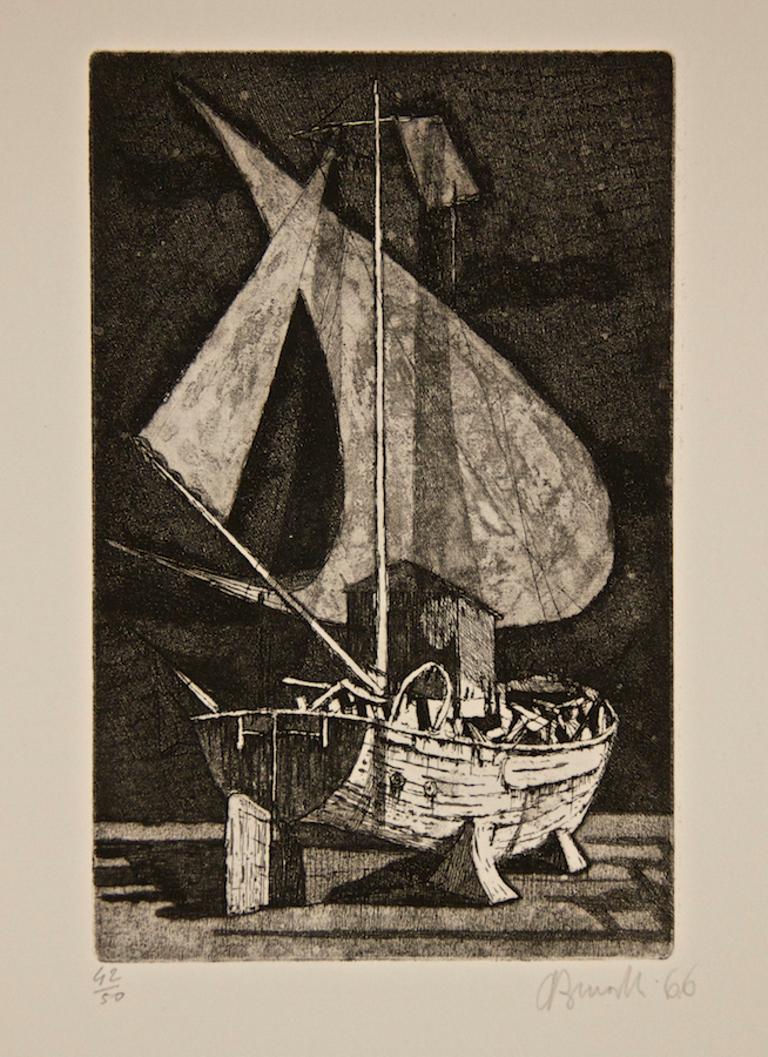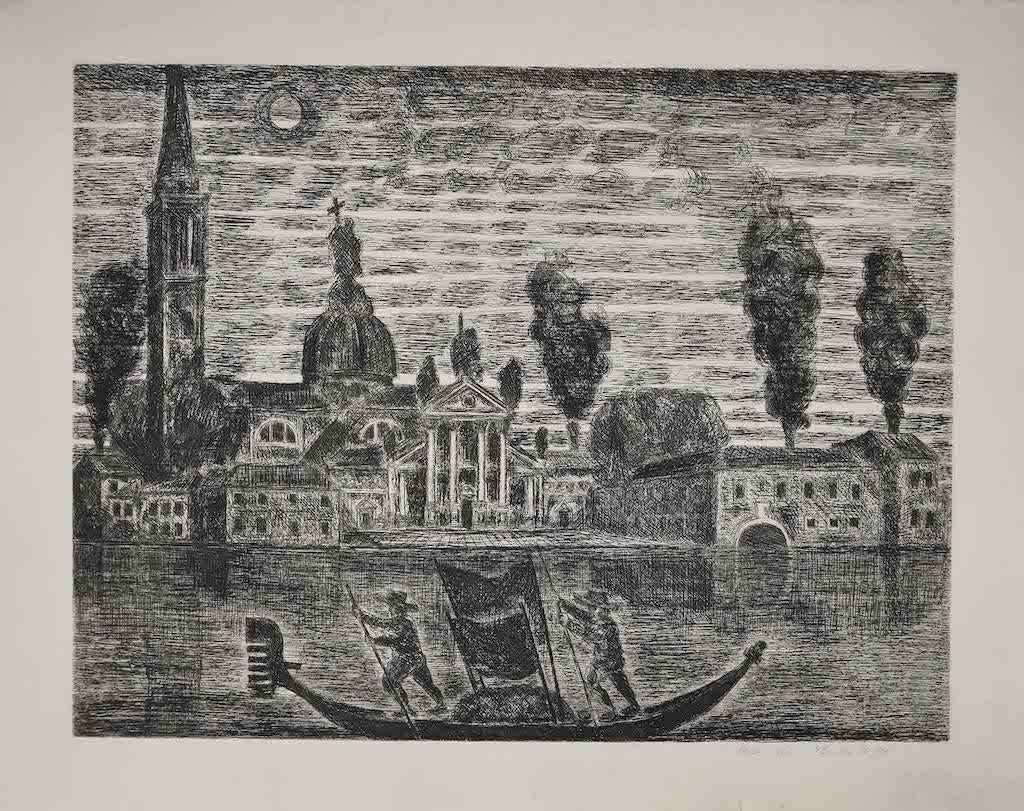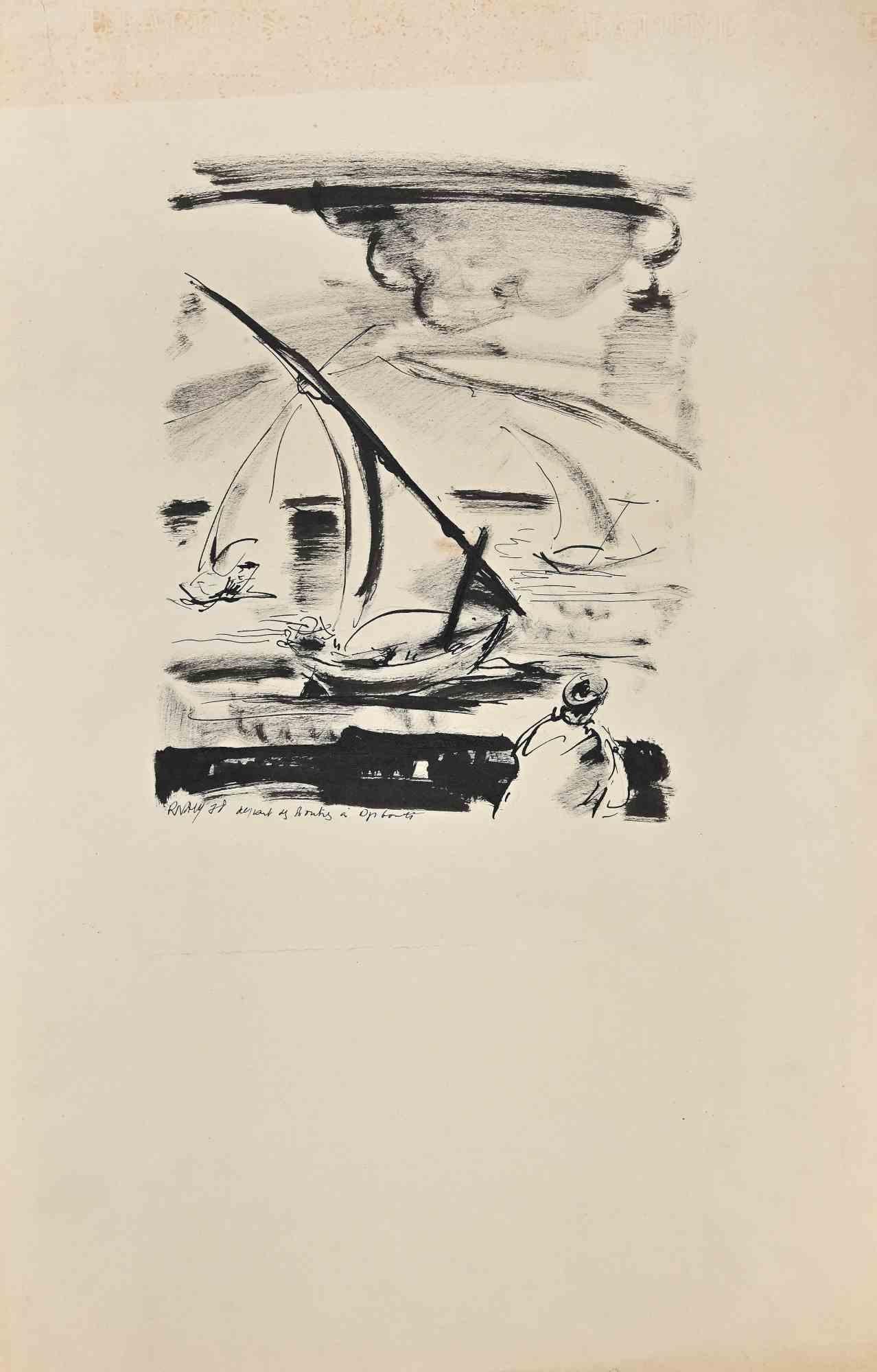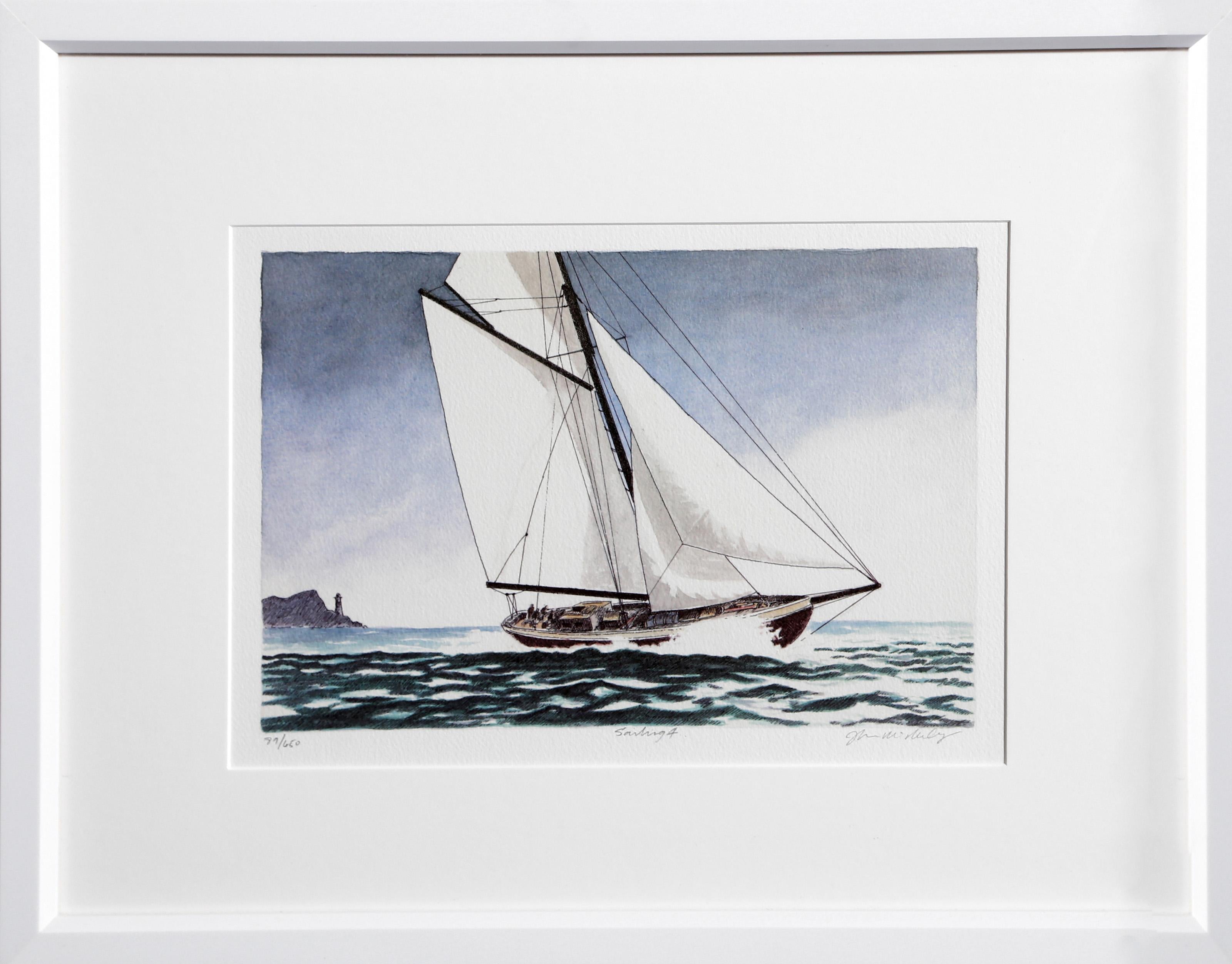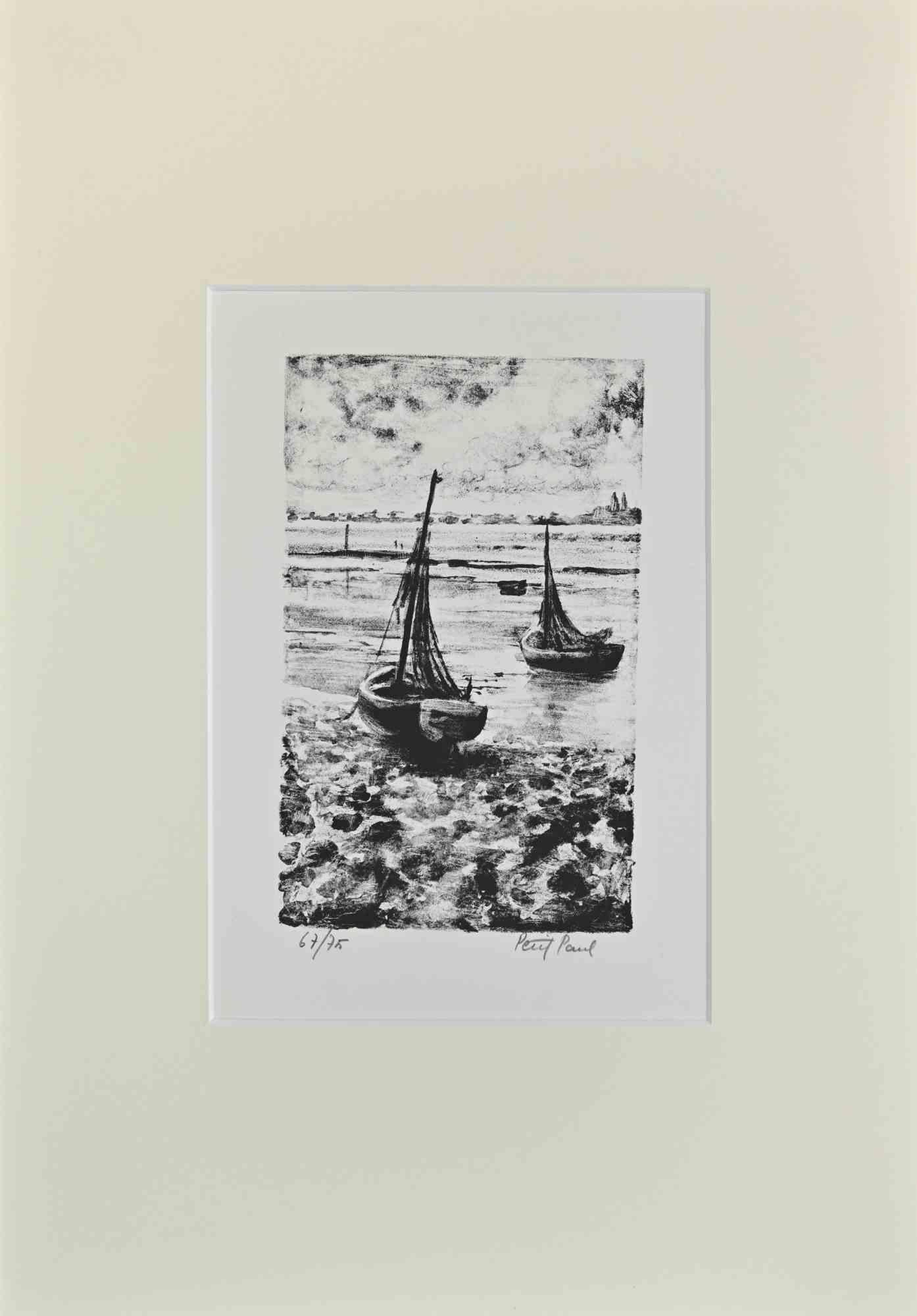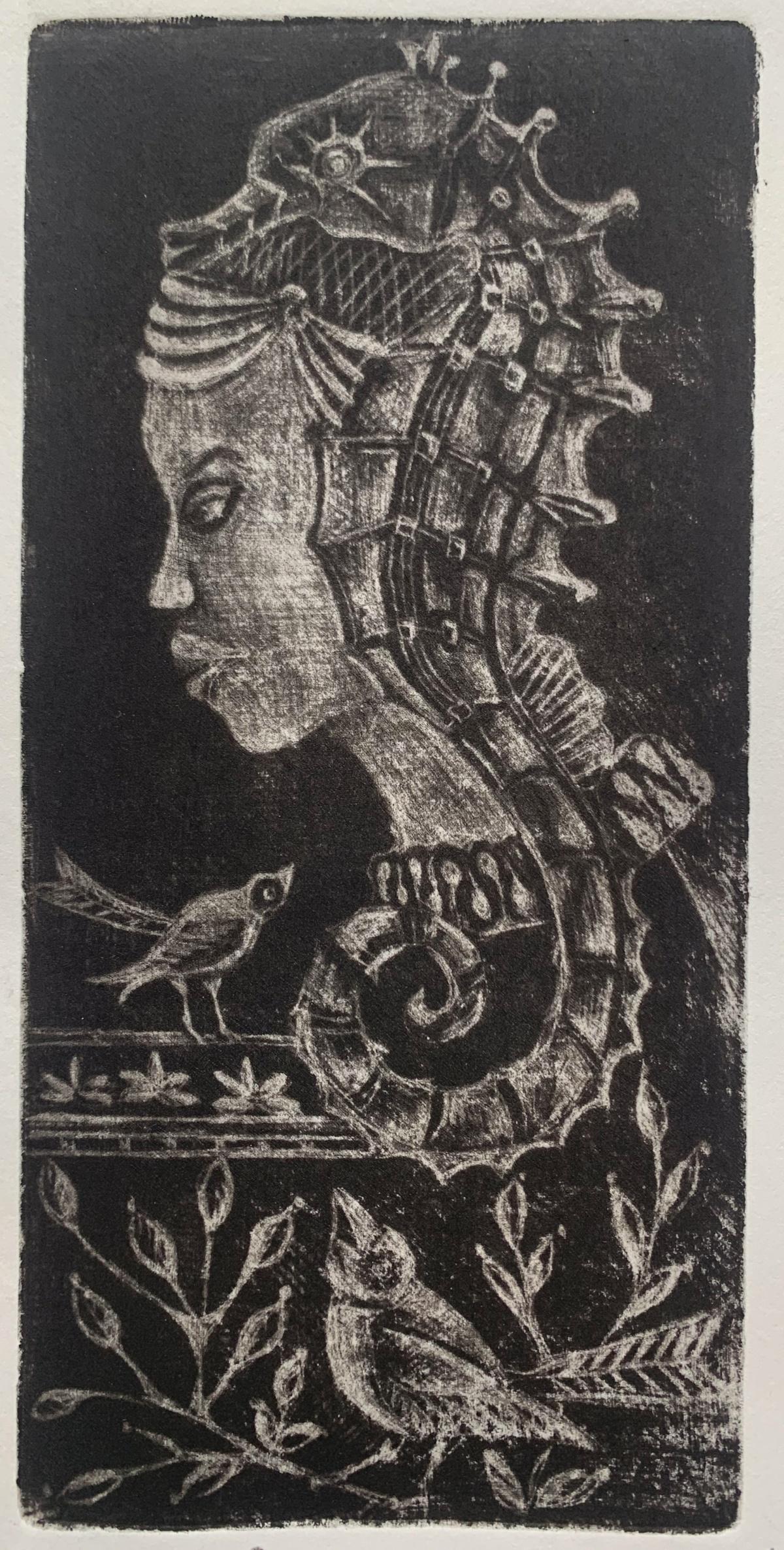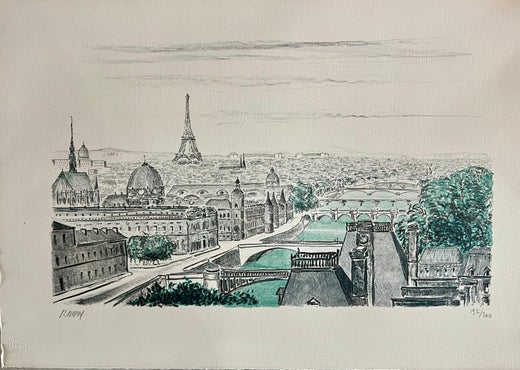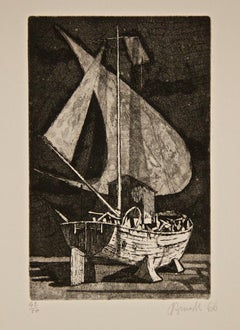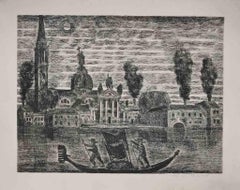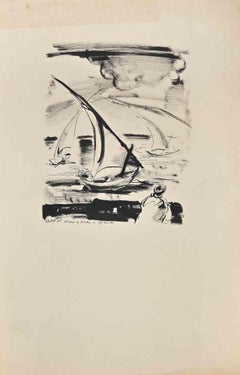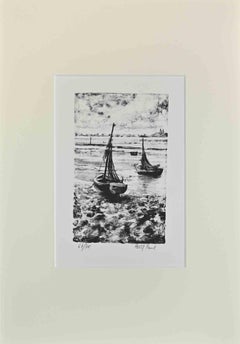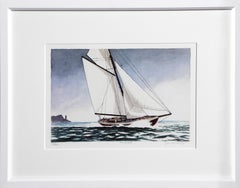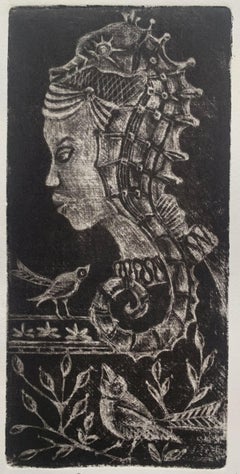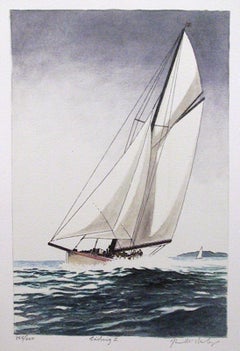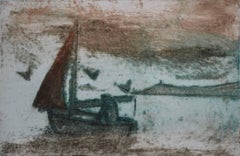Items Similar to Boat - Mezzotint Print by Robert Naly - Mid 20th Century
Want more images or videos?
Request additional images or videos from the seller
1 of 5
Robert NalyBoat - Mezzotint Print by Robert Naly - Mid 20th CenturyMid 20th Century
Mid 20th Century
$334.66
£250.26
€280
CA$461.39
A$506.39
CHF 266.12
MX$6,025.95
NOK 3,401.75
SEK 3,108.53
DKK 2,133.72
About the Item
Boat is a Contemporary artwork realized in the half of the 20th Century by Robert Naly (1900 - 1983).
Mezzotint print.
Hand-signed.
Numbered, edition of 50 prints.
Good conditions except for consumed margins.
- Creator:Robert Naly (1900 - 1984, Swiss)
- Creation Year:Mid 20th Century
- Dimensions:Height: 15.36 in (39 cm)Width: 10.63 in (27 cm)Depth: 0.04 in (1 mm)
- Medium:
- Movement & Style:
- Period:
- Condition:Insurance may be requested by customers as additional service, contact us for more information.
- Gallery Location:Roma, IT
- Reference Number:Seller: T-1373151stDibs: LU650311734312
Robert Naly
Robert Naly was a Swiss artist who worked in France as a landscape painter, decorator and illustrator. In 1927, he moved to Montmartre in Paris to work as a decorator. In 1932, he exhibited in Paris at the Salon d'Automne. Naly died in 1984 in his atelier due to a fire.
About the Seller
4.9
Platinum Seller
Premium sellers with a 4.7+ rating and 24-hour response times
1stDibs seller since 2017
7,858 sales on 1stDibs
Typical response time: 1 hour
- ShippingRetrieving quote...Shipping from: Grasse, France
- Return Policy
More From This Seller
View AllThe Sailing Ship - Etching by Armando Buratti - 1966
By Armando Buratti
Located in Roma, IT
Hand signed and numbered. Edition of 50 print.
Reference: Catalogue Battisti n.36.
Armando Buratti (Rome, 1924), is an italian artist and painter. His first exhibition was held in ...
Category
1960s Modern Figurative Prints
Materials
Etching
The Boat - Original Etching by Gian Paolo Berto - 1970s
Located in Roma, IT
The Boat is an original etching on paper realized by Gian Paolo Berto.
Good conditions except for a rip on the lower margin that does not affect the image.
Hand-signed on the lower...
Category
1970s Contemporary Figurative Prints
Materials
Etching
Boat - Ink Drawing by Robert Naly - Mid 20th Century
By Robert Naly
Located in Roma, IT
Boat is an original Contemporary artwork realized in the half of the 20th Century by Robert Naly (1900 - 1983).
Original ink drawing.
Hand-signed.
Good conditions except for con...
Category
Mid-20th Century Modern Figurative Prints
Materials
Ink
Boats - Lithograph by Paul Petit - Mid 20th Century
Located in Roma, IT
Boats is a lithograph realized by Paul Petit in the mid-20th Century.
Hand-signed.
Numbered, 67/75
The artwork is depicted through confident strokes in a well-balanced composition.
Category
Mid-20th Century Modern Landscape Prints
Materials
Lithograph
Boats - Original Lithograph by Paul Petit - Mid 20th Century
Located in Roma, IT
Boats is an original lithograph realized by Paul Petit in the mid-20th Century.
Hand-signed.
Numbered, 67/75
The artwork is depicted through confident st...
Category
Mid-20th Century Contemporary Landscape Prints
Materials
Lithograph
Boats - Original Etching by Giovanni Fattori - 1895 ca.
By Giovanni Fattori
Located in Roma, IT
Etching on a zinc plate.
Very Good conditions.
Ref.
- A. Baboni, L'Ottocento: le incisioni di Giovanni Fattori, Pacini Editore, 2001. p. 128, n.106
Giovanni Fattori was an Italian ...
Category
1890s Naturalistic Figurative Prints
Materials
Etching
You May Also Like
Sailing 4, American Realist Lithograph by John McNulty
By John McNulty
Located in Long Island City, NY
John McNulty, Irish/American (1949 - ) - Sailing 4, Year: circa 1981, Medium: Lithograph, signed and numbered in pencil, Edition: 650, Image Size: 8 x...
Category
1980s American Realist Landscape Prints
Materials
Lithograph
Sea mystery. Mezzotint print, Figurative, Monochromatic, Polish artist
By Krystyna Jaszke
Located in Warsaw, PL
Contemporary figurative mezzotint print by Polish artist Krystyna Jaszke. Artwork is monochromatic, it comes from limited edition of 20. Print depicts portrait of a woman, a fantasti...
Category
2010s Contemporary Nude Prints
Materials
Paper
Sailing 2, American Realist Lithograph by John McNulty
By John McNulty
Located in Long Island City, NY
John McNulty, Irish/American (1949 - ) - Sailing 2, Year: circa 1981, Medium: Lithograph, signed and numbered in pencil, Edition: 450, Size: 13 in. x ...
Category
1980s American Realist Landscape Prints
Materials
Lithograph
Sailing:Contemporary Limited Edition Etching
By Ian Laurie
Located in Brecon, Powys
Signed Limited Edition Etching from the studio of this Collected British Artist. 46 of 50. each one of the edition is different in color giving...
Category
2010s Contemporary Landscape Prints
Materials
Etching
Sailing I, American Realist Lithograph by John McNulty
By John McNulty
Located in Long Island City, NY
John McNulty, Irish/American (1949 - ) - Sailing I, Year: circa 1981, Medium: Lithograph, signed and numbered in pencil, Edition: 650, Image Size: 12 ...
Category
1980s American Realist Landscape Prints
Materials
Lithograph
Sailing 3, American Realist Lithograph by John McNulty
By John McNulty
Located in Long Island City, NY
John McNulty, Irish/American (1949 - ) - Sailing 3, Medium: Lithograph, signed and numbered in pencil, Edition: 615/650, Size: 8 x 12 in. (20.32 x 30.4...
Category
1980s American Realist Landscape Prints
Materials
Lithograph
